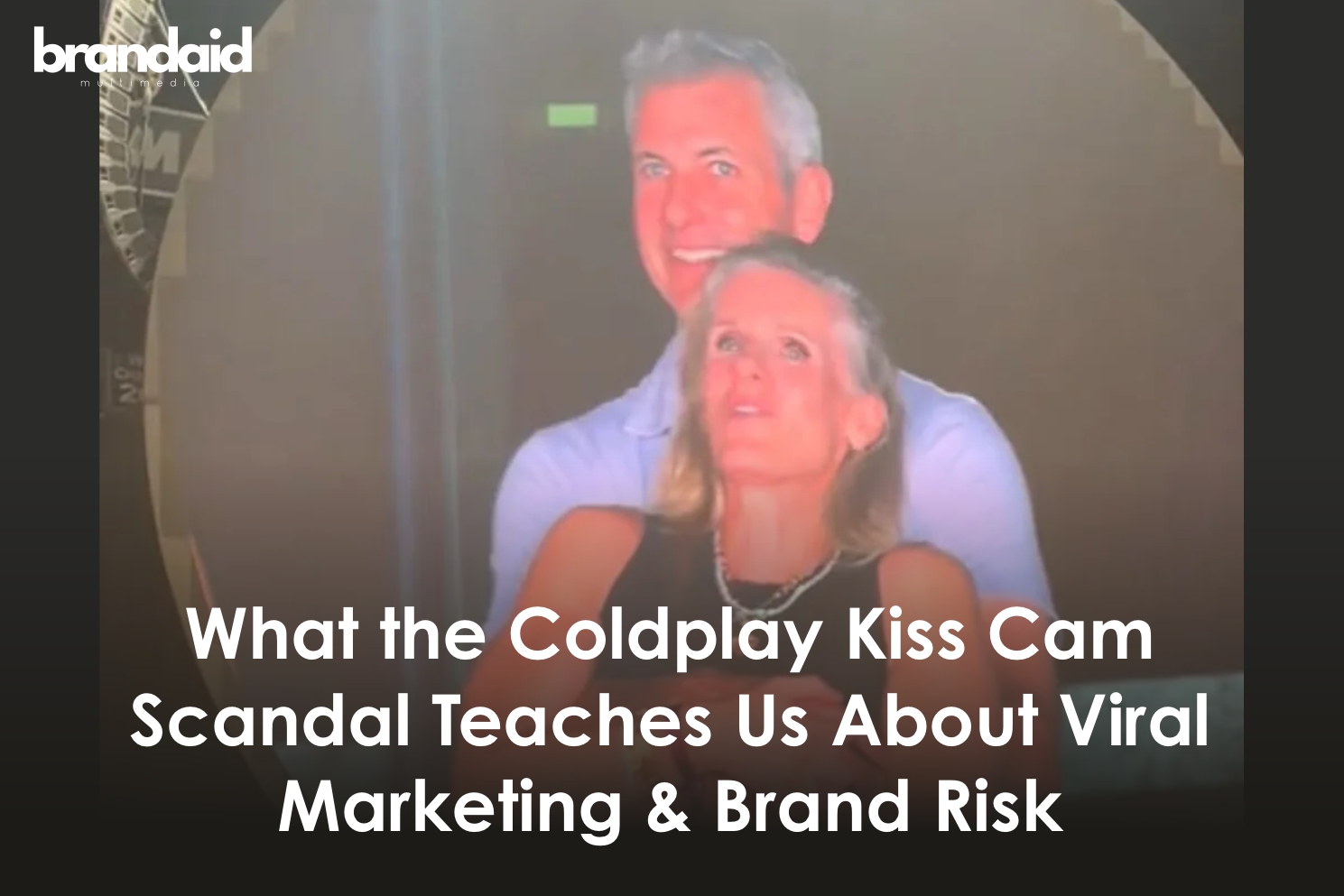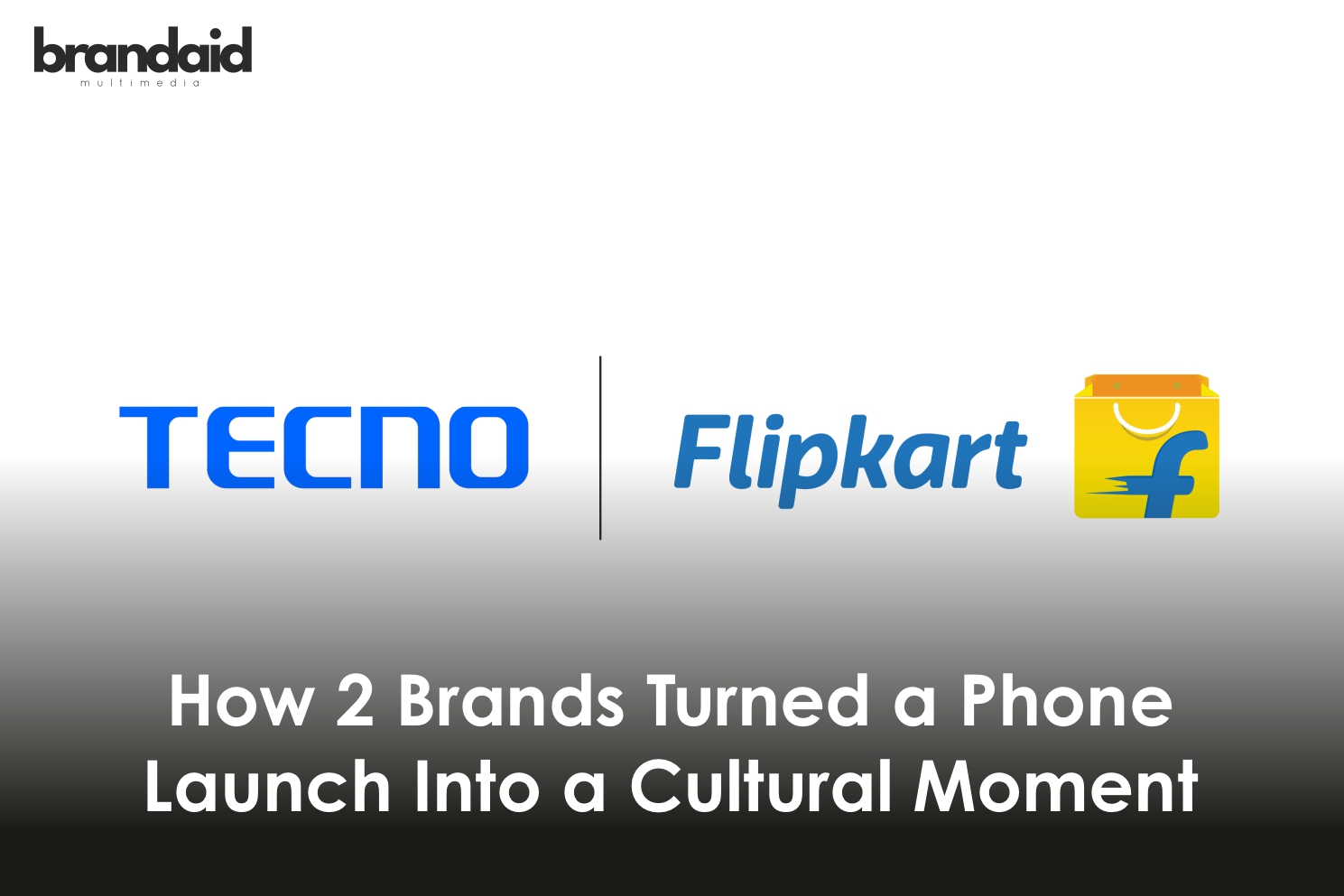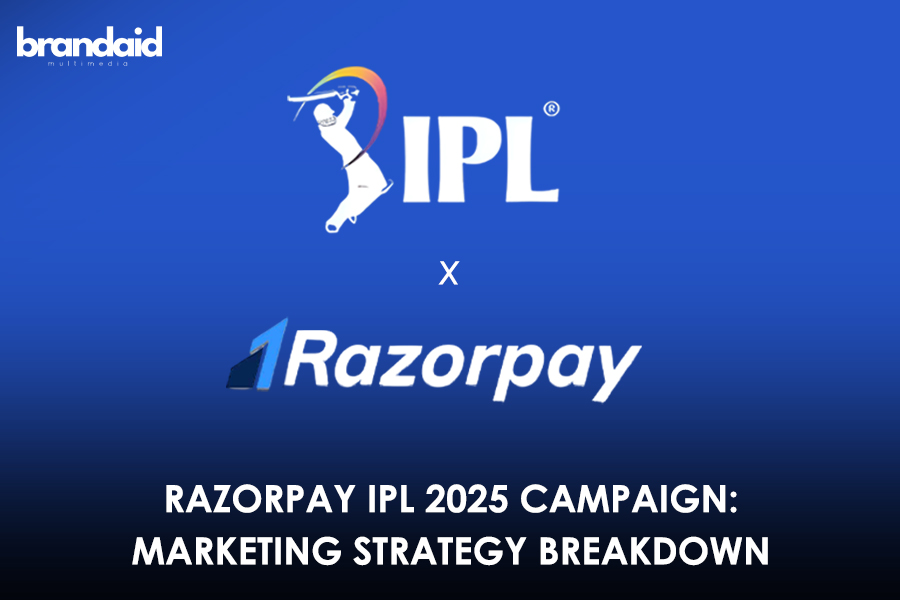When it comes to digital marketing, design reigns supreme. After all, design is the first thing that pulls the consumers to the brand. Needless to say, impeccable design is an absolute necessity. Design isn’t only about aesthetics, it’s about influencing consumer behaviour and achieving business goals. One of the most powerful elements in design is colour. The psychology of colour plays a very important role in how users perceive brands. It also impacts how they make purchasing decisions and engage with marketing content.
Understanding how different colours impact the user’s emotions and behaviours can help brands and marketers create more effective campaigns and establish stronger brand identities.
Understanding Colour Psychology in Design
Colour psychology is basically the study of how different colours impact human emotions and behaviours. As per the theory, every colour successfully evokes different feelings and associations. The emotions that a colour evokes influence consumer perceptions of the brands and also, their further actions.
The Various Colours and What They Suggest
Red
Emotion/Effect: Sense of urgency and excitement | Stimulates Appetite | Increase heart rates | Grabs attention
Example: Clearance sales and limited-time offers to encourage immediate action. Fast-food chains like McDonald’s use red to stimulate hunger.
Blue
Emotion/Effect: Trust | Reliability | Calmness | Security and dependability
Example: Financial institutions such as banks and tech companies like SBI and IBM use blue to convey trustworthiness and stability.
Green
Emotion/Effect: Health | Nature | Growth | Calming effect |Eco-friendly or natural products
Example: Brands like Whole Foods and Starbucks use green to bring focus on their commitment to sustainability and health.
Yellow
Emotion/Effect: Happiness | Optimism | Energy | Stimulate mental activity
Example: Brands like Snapchat also use yellow for its cheerful and energetic vibe.
Purple
Emotion/Effect: Luxury | Creativity | Sophistication | Sense of elegance and exclusivity
Example: Brands like Cadbury and Tiffany & Co. use purple to convey a premium and luxurious image.
Orange
Emotion/Effect: Enthusiasm | Warmth | Excitement | Sense of fun | Encourage action
Example: Brands like Amazon and Fanta use orange to create a vibrant and energetic feel, encouraging engagement and positive emotions.
Black
Emotion/Effect: Sophistication | Power | Elegance| Sense of authority | Exclusivity
Example: Luxury brands like Chanel and Gucci use black to enhance their high-end, sophisticated image.
White
Emotion/Effect: Simplicity | Purity | Cleanliness | Minimalist and modern look.
Example: Apple uses white in its product design and marketing to convey a clean, elegant, and modern aesthetic.
Examples of Colour Psychology in Action
Starbucks: The Impact of Green
Starbucks is a classic example of how a colour can enhance brand identity and influence consumer behaviour. The brand’s signature green colour is surely visually appealing but the brand chose it with much strategy.
As mentioned above, green is often linked with growth, health, and tranquillity. Hence, its green logo aligns with Starbucks’ commitment to sustainability and quality. The green logo also helps to create a calming and inviting atmosphere. Consequently, it reinforces Starbucks’ brand message of providing a relaxing coffee experience.
The consistent use of green across its stores, products, and marketing materials helps Starbucks maintain a strong, recognisable brand identity that resonates with its audience.
McDonald’s: The Effectiveness of Red and Yellow
McDonald’s logo is one that people identify from miles away and it always makes you want to make a pit stop for some burgers. The brand employs red and yellow in its branding to great effect. Red apparently stimulates appetite and grabs attention. On the other hand, yellow conveys cheerfulness and friendliness. Together, these colours create a vibrant and inviting atmosphere that appeals to both children and adults.
McDonald’s use of red and yellow in its logo, packaging, advertising, and even mascot Ronald Mc Donald successfully evokes feelings of excitement and hunger, encouraging customers to visit their restaurants. This colour combination has become synonymous with the brand, helping McDonald’s stand out in the competitive fast-food industry.
Implementing Colour Psychology in Your Marketing
To make the best use of colour psychology effectively, brands must first consider their brand values. Next, they need to consider their target audience and the emotional response they want. Here are a few basic tips for applying colour psychology in digital marketing:
Align Colours with Brand Values: Pick out colours that reflect your brand’s personality and mission.
For example, If you make sustainable and minimalist clothing, white and green can be your colours. If you’re a high-end restaurant, red and black is your pick.
Consider Emotional Impact: Understand the emotions associated with different colours and select those that align with your campaign’s objectives.
For example, if you’re promoting a product that boosts energy and vitality, colours like orange or yellow can be effective.
Test and Analyse: Use A/B testing to determine which colours resonate most with your audience. Analysing engagement metrics and conversion rates can provide insights into how colour choices impact consumer behaviour.





